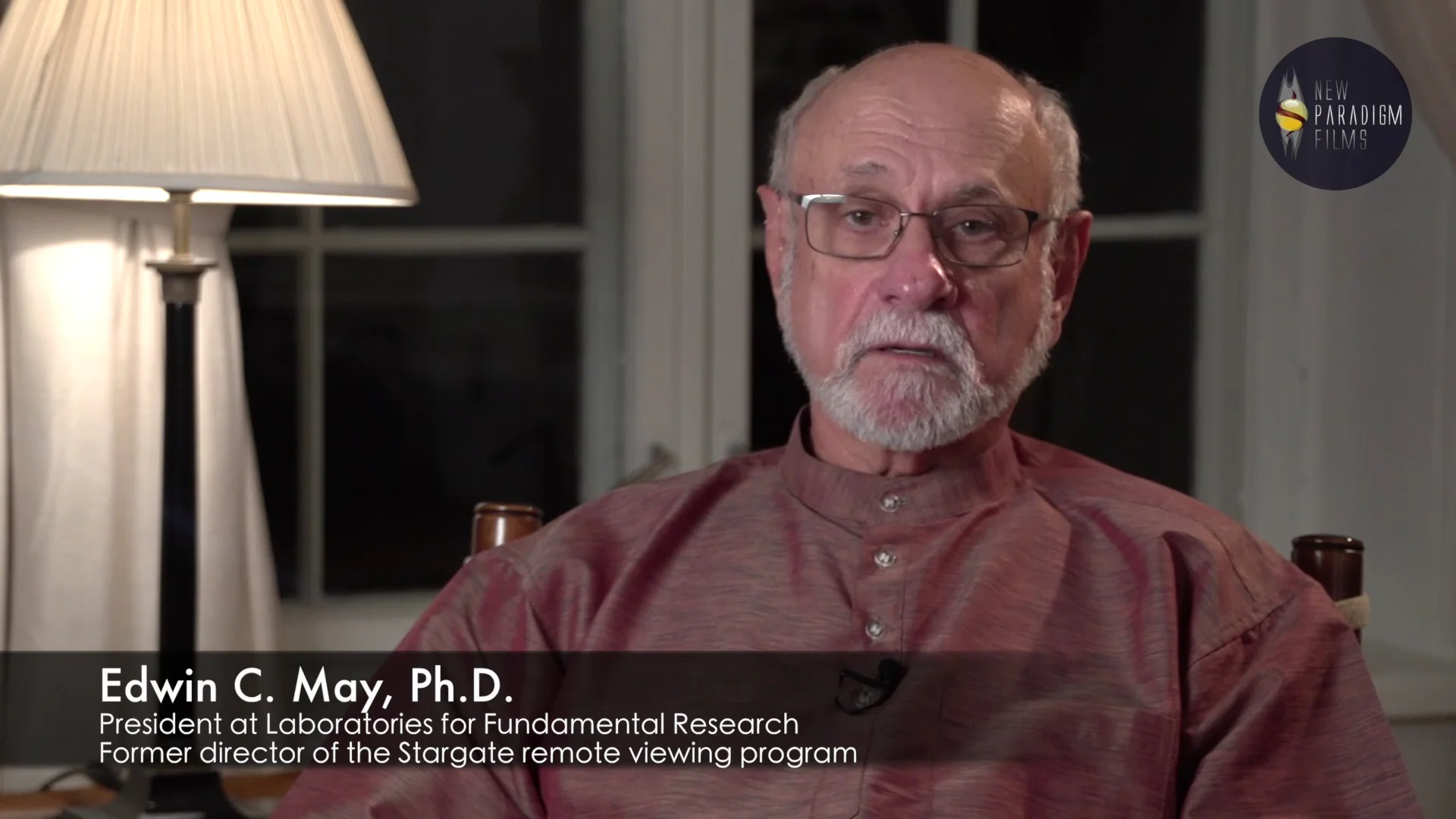The purpose of this report is to examine a body of evidence collected over the past few decades in an attempt to determine whether or not psychic functioning is possible. Secondary questions include whether or not such functioning can be used productively for government purposes, and whether or not the research to date provides any explanation for how it works.
There is no reason to treat this area differently from any other area of science that relies on statistical methods. Any discussion based on belief should be limited to questions that are not data-driven, such as whether or not there are any methodological problems that could substantially alter the results. It is too often the case that people on both sides of the question debate the existence of psychic functioning on the basis of their personal belief systems rather than on an examination of the scientific data.
One objective of this report is to provide a brief overview of recent data as well as the scientific tools necessary for a careful reader to reach his or her own conclusions based on that data. The tools consist of a rudimentary overview of how statistical evidence is typically evaluated, and a listing of methodological concerns particular to experiments of this type.
Government-sponsored research in psychic functioning dates back to the early 1970s when a program was initiated at
what was then the Stanford Research Institute, now called SRI
International. That program was in existence until . The following year, government sponsorship moved
to a program at Science Applications International Corporation (SAIC) under the direction of Dr. Edwin May ,
who had been employed in the SRI program since the mid 1970s and had been Project Director from
until the close of the program.
,
who had been employed in the SRI program since the mid 1970s and had been Project Director from
until the close of the program.
This report will focus most closely on the most recent work, done by SAIC. Section 2 describes the basic statistical and methodological issues required to understand this work; Section 3 discusses the program at SRI; Section 4 covers the SAIC work (with some of the details in an Appendix); Section 5 is concerned with external validation by exploring related results from other laboratories; Section 6 includes a discussion of the usefulness of this capability for government purposes and Section 7 provides conclusions and recommendations.